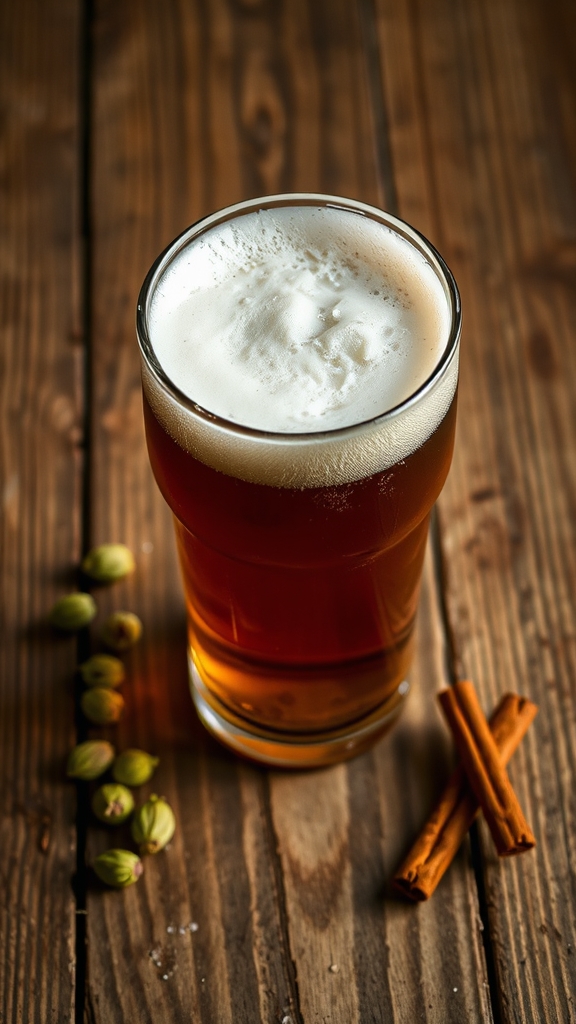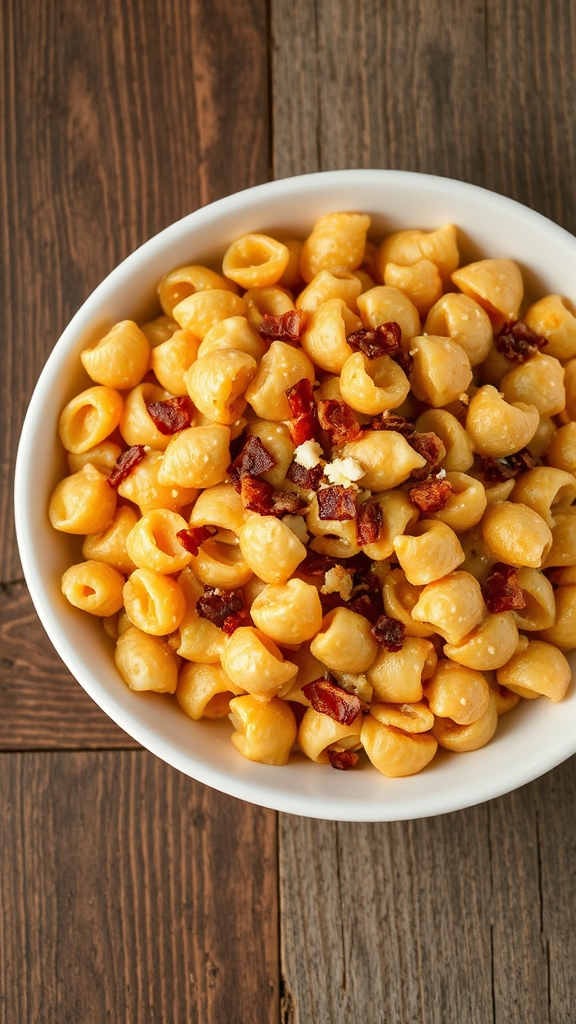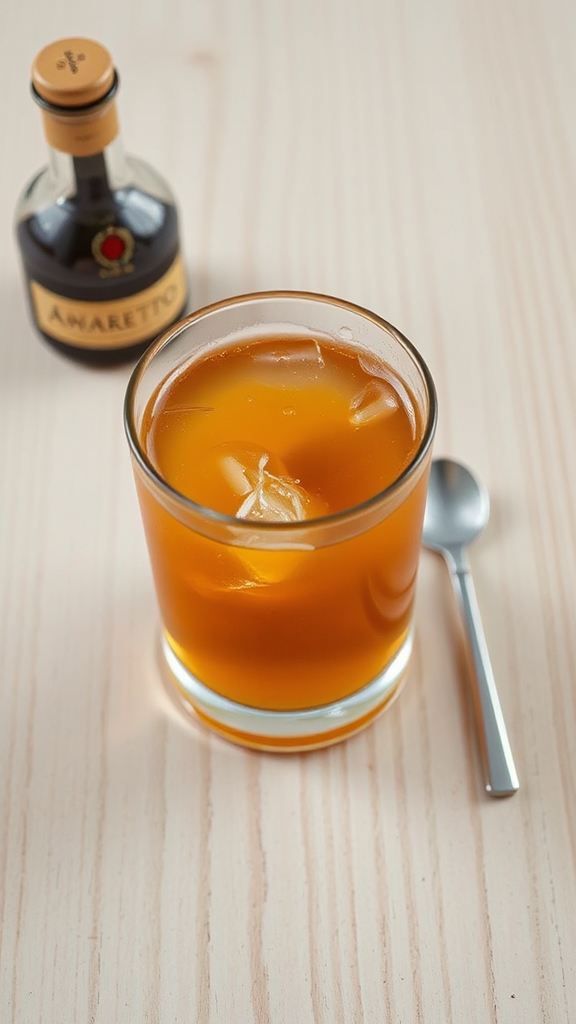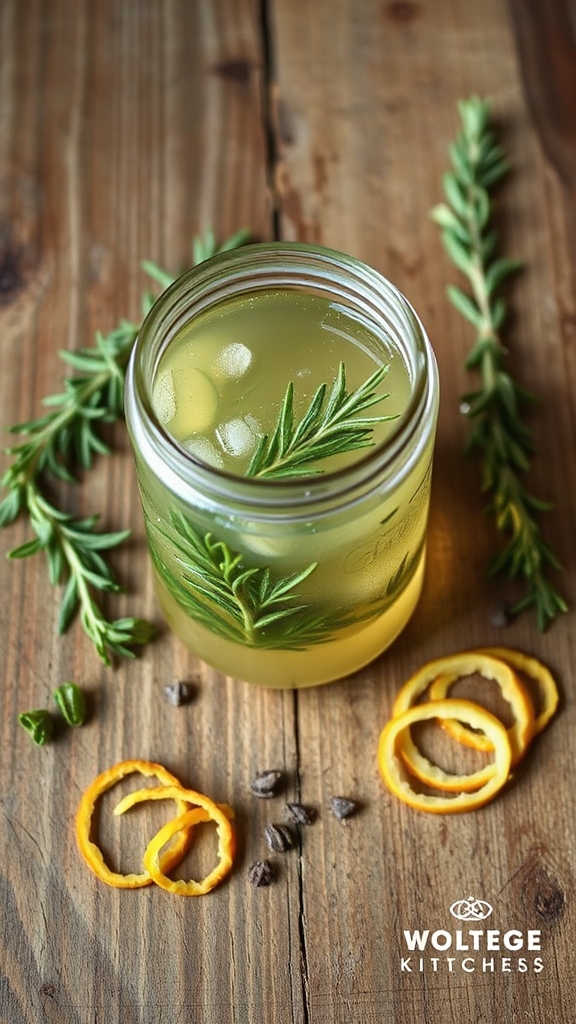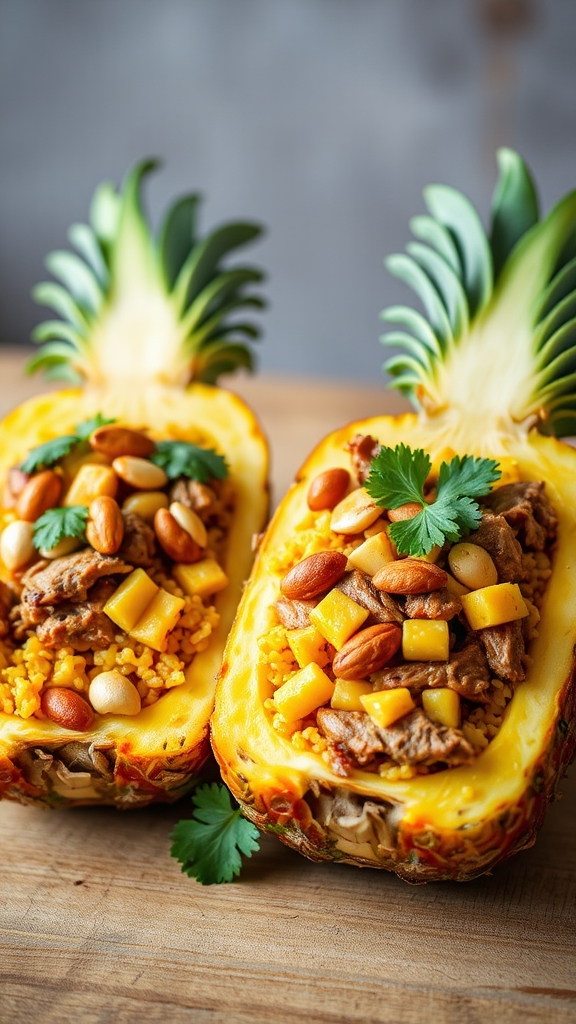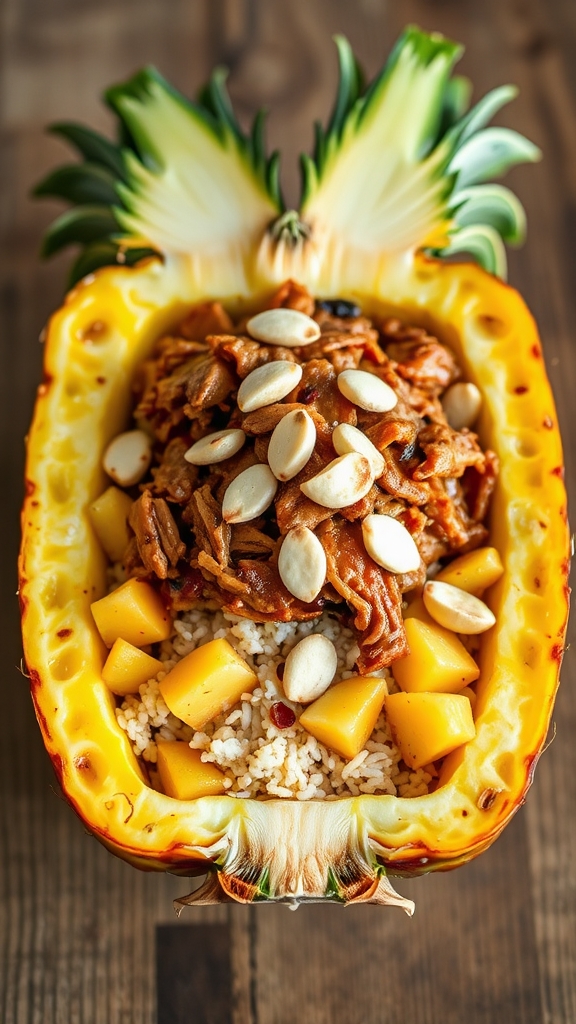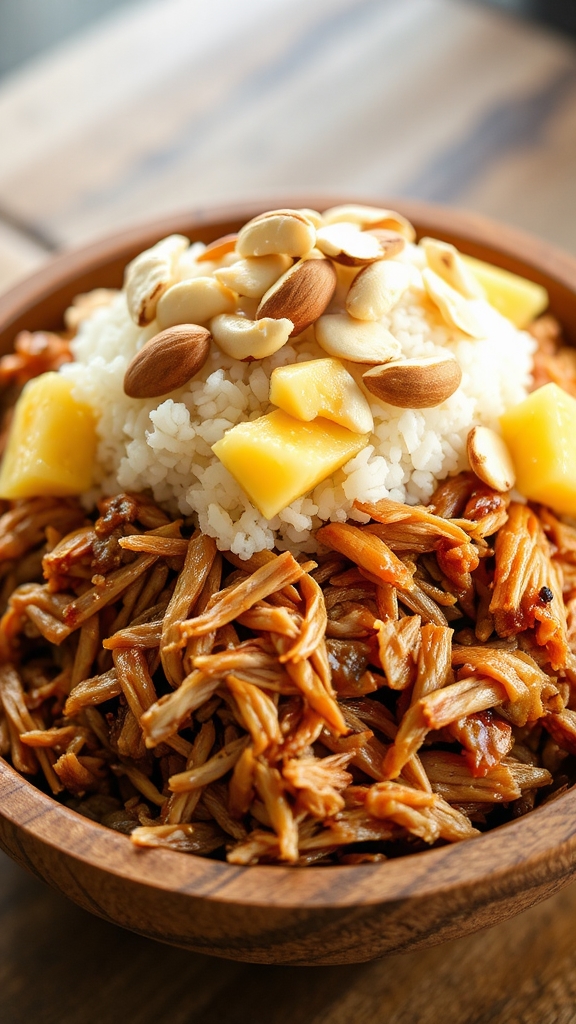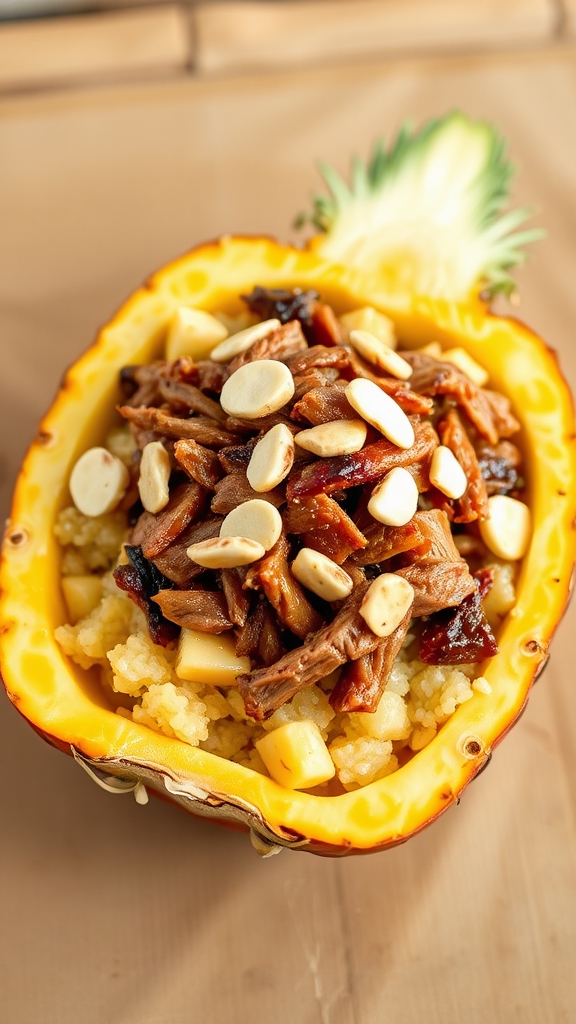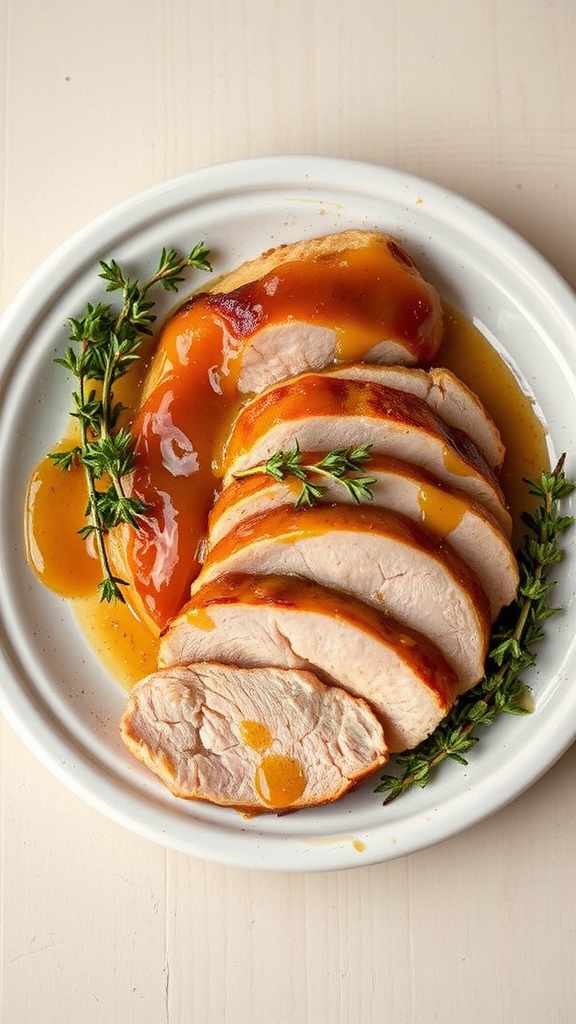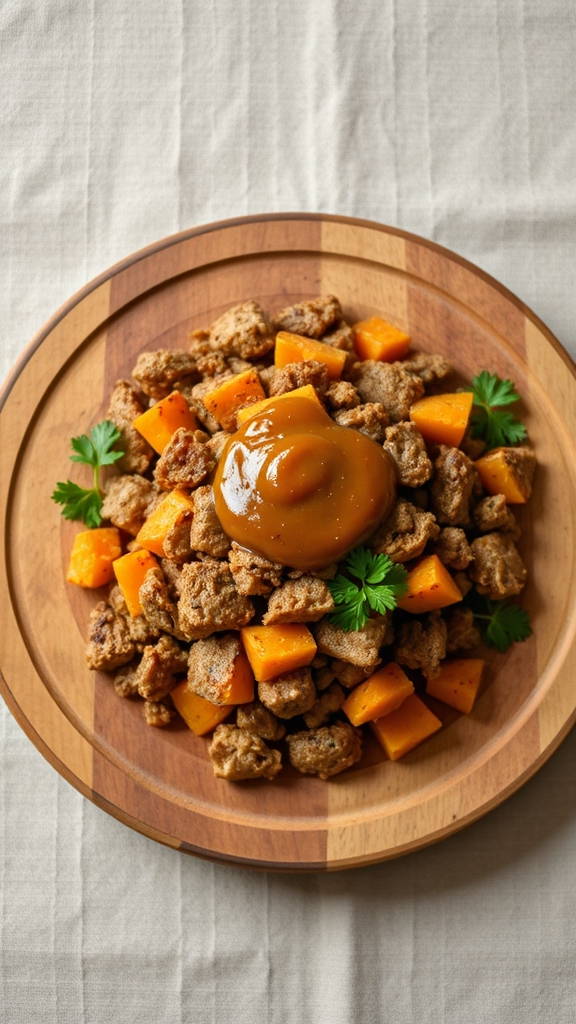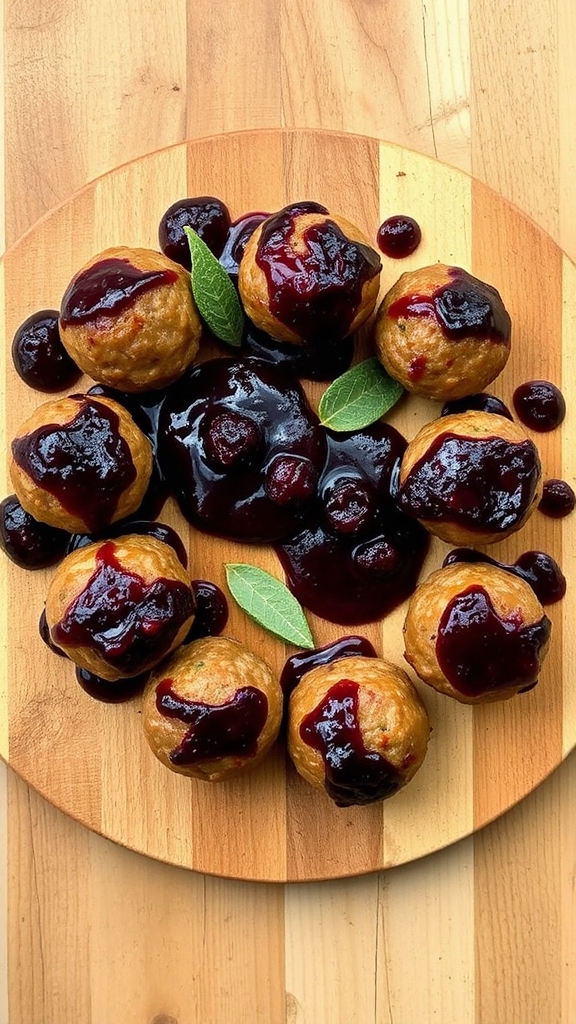Hawaiian Kalua Pork Pineapple Bowls – Slow-Roasted Pork, Pineapple Rice, Macadamia Nuts – Hawaii
Aloha! Discover Hawaiian Kalua Pork Pineapple Bowls with slow-roasted pork and tropical twists that will transport you to paradise.
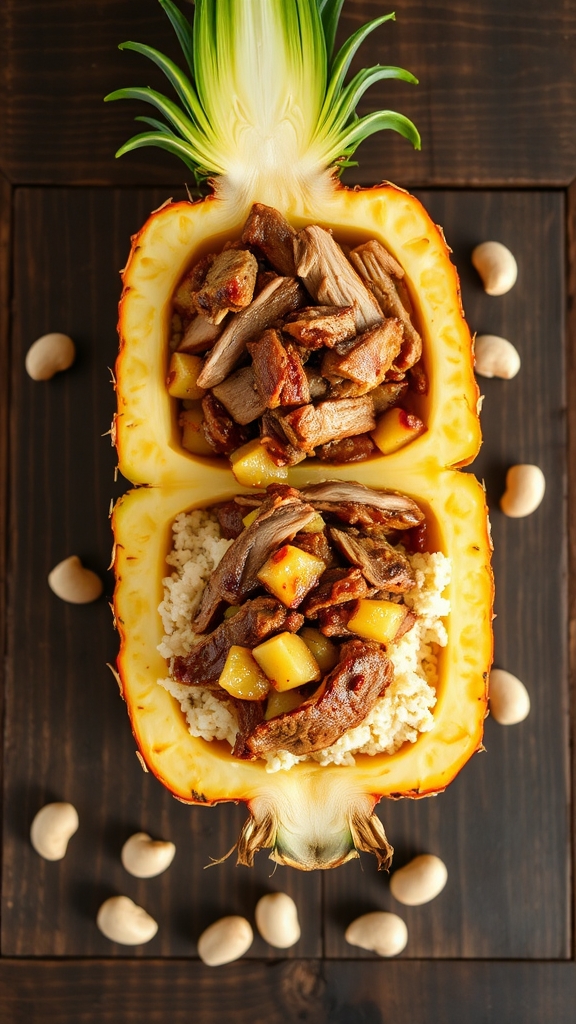
I’ve always enjoyed exploring Hawaiian cuisine, and the Kalua Pork Pineapple Bowls stand out with their tender, slow-roasted pork and fresh pineapple rice. It’s a simple yet flavorful dish that captures Hawaii’s spirit, and I’m just getting started on the details that make it unforgettable.
Ingredients
Oh, Hawaiian Kalua Pork Pineapple Bowls, now that’s a dish that sounds like a tropical vacation on a plate, doesn’t it? Imagine juicy pork soaking up those sweet, tangy pineapple flavors, all nestled in a fun, edible bowl—it’s the kind of recipe that makes you want to grab a fork and dive right in, especially if you’re craving something easy yet impressive for a laid-back gathering. But before we proceed to the cooking fun, let’s pull together the ingredients list, starting with that trusty olive oil we understand can work wonders for getting things sizzling just right.
- Olive oil: About 2 tablespoons for cooking, to help sear the pork and keep everything from sticking to the pan—it’s that simple, everyday oil that adds a subtle richness without overwhelming the flavors.
- Pork shoulder: Around 3 pounds, boneless and trimmed of excess fat, because it’s the star here, breaking down into tender, smoky goodness that mimics traditional kalua pork.
- Fresh pineapple: 2 whole fruits, cored and halved to create those adorable bowls, offering a burst of sweetness that balances the savory elements perfectly.
- Garlic: 4 cloves, minced—nothing fancy, just that aromatic punch to wake up the dish and make your kitchen smell amazing.
- Soy sauce: 1/4 cup, low-sodium if you’re watching the salt, for a salty umami kick that ties everything together.
- Ginger: 1 tablespoon, freshly grated, because who doesn’t love that zingy warmth it brings to the mix?
When it comes to these ingredients, you might wonder, is there room for swaps or tweaks to make this easier on the wallet or pantry? Absolutely, and that’s where a little creativity shines—say, if fresh pineapple is playing hard to get, canned chunks could step in, though they’ll lack that crisp bite, won’t they? Keep an eye on portion sizes too, because overdoing the soy sauce might turn your masterpiece a tad too salty, and nobody wants that disappointment sneaking in; plus, opting for extra-virgin olive oil could amp up the flavor, but if you’re like me, always second-guessing the oil aisle, a regular one works just fine without breaking the bank or your cooking groove. Oh, and for a dash of humor, imagine me fumbling with ginger peels like it’s a comedy routine—reminds you to handle those prep steps with a light heart, right?
Cooking Steps
Now, let’s plunge into the fun part of actually making these Hawaiian Kalua Pork Pineapple Bowls, because who doesn’t love turning a simple kitchen adventure into something that feels like a mini luau? First things first, grab that 2 tablespoons of olive oil and heat it up in a large pot or Dutch oven over medium-high heat, giving it a minute or two to get nice and shimmering—that’s your cue to add the star of the show, about 3 pounds of boneless pork shoulder, cut into big chunks for even cooking. Sear the pork on all sides until it’s got a golden-brown crust, which might take around 5 to 7 minutes, and let me tell you, it’s one of those steps where you can almost smell the tropical vibes kicking in already; plus, if you’re like me, fumbling with the tongs while trying not to make a mess, remember it’s all part of the charm, turning potential kitchen chaos into a flavorful win.
Once your pork is nicely seared, toss in 4 minced garlic cloves and 1 tablespoon of freshly grated ginger, stirring them around for about a minute until their aromas start filling the air like a sneaky surprise party. Then, pour in 1/4 cup of low-sodium soy sauce along with the fresh pineapple—take those 2 whole pineapples, core them and chop the flesh into chunks, saving the halves for serving bowls later—to create a sweet-savory mix that simmers together beautifully. Lower the heat, cover the pot, and let everything cook low and slow for about 2 to 3 hours, or until the pork is fall-apart tender, giving it an occasional stir so nothing sticks; it’s that patient waiting game where you might wonder, is this pork getting as relaxed as I am just thinking about that first bite?
After the cooking magic is done, and you’ve got this melt-in-your-mouth pork all ready, simply shred it with a couple of forks right in the pot to soak up those juices, then spoon the mixture into the hollowed-out pineapple halves for a presentation that’s as eye-catching as it is tasty. You know, it’s one of those dishes where you can play it up a bit, maybe pretending you’re on a beach somewhere while plating, because who says cooking can’t come with a side of imagination—especially when the end result is so effortlessly delicious that it’ll have everyone asking for seconds without you even trying.
Calories per serving
After wrapping up the cooking steps for our Hawaiian Kalua Pork Pineapple Bowls, I’ll break down the calories per serving to help you make informed choices. Understanding the caloric content and nutritional information is key. Here’s a quick overview:
| Component | Calories per Serving |
|---|---|
| Slow-Roasted Pork | 350 |
| Pineapple Rice | 250 |
| Total | 600 |
This guarantees you’re informed about what you’re enjoying.
Serving and Pairing Suggestions
Once you’ve mastered the Hawaiian Kalua Pork Pineapple Bowls, I’ll guide you through creative serving ideas and pairings that elevate the meal. Explore presentation options like filling fresh pineapple halves for a tropical vibe or plating with vibrant colors. For garnish ideas, add toasted macadamia nuts, cilantro, or lime wedges to enhance flavors. Pair with chilled white wine or tropical cocktails for a complete Hawaiian feast.
Tips and Variations
As you explore variations of this Hawaiian Kalua Pork Pineapple Bowls recipe, I’ll share practical tips to customize it while keeping that authentic island flavor intact.
Here are three key ideas:
- Try alternative cooking techniques, like smoking the pork for a smokier taste.
- Use ingredient substitutes such as almonds instead of macadamia nuts to adapt for allergies.
- Experiment with rice variations, swapping jasmine for basmati to alter texture subtly.
Similar Recipes
I’ve got some similar recipes that build on the Hawaiian flavors from our Kalua Pork Pineapple Bowls, like grilled teriyaki chicken with pineapple salsa or slow-cooked pulled pork tacos with tropical twists. If you’re into slow cooker Hawaiian cuisine, here are three to explore:
- Whip up a slow cooker Hawaiian cuisine kalua pork with added veggies for a twist.
- Adapt it into slow cooker pulled pork bowls with pineapple rice.
- Create a slow cooker Hawaiian cuisine feast featuring macadamia nut toppings.
Tropical Drink Pairings
To complement your Hawaiian Kalua Pork Pineapple Bowls, let’s explore some tropical drink pairings that bring out the dish’s sweet and savory notes. I love how tropical cocktails and fruity beverages can elevate your meal—here’s my list of three favorites:
- Try a Mai Tai; its rum and citrus notes perfectly complement the pork’s smokiness.
- Savor a fruity piña colada, which enhances the pineapple rice with creamy tropical flavors.
- Enjoy a passion fruit punch as a revitalizing fruity beverage that ties in the macadamia nuts.
Troubleshooting
Even though recipes can sometimes go awry, I’ll walk you through the common pitfalls with Hawaiian Kalua Pork Pineapple Bowls and how to fix them easily. Common issues like dry pork arise from over-roasting; baste it regularly to keep it moist. For flavor adjustments, if rice tastes bland, add extra pineapple juice or spices to brighten it, or incorporate more liquid smoke for deeper smokiness in the pork.
Conclusion
As we wrap up our exploration of Hawaiian Kalua Pork Pineapple Bowls, I’ve shared everything from the simple ingredients to quick fixes for common issues. In wrapping up, I’ve highlighted the cultural significance of this dish, rooted in Hawaiian cooking traditions that honor slow-roasting and fresh, local flavors. I hope you try it, embrace these practices, and share the aloha spirit with loved ones.
Frequently Asked Questions
What Is the History of Kalua Pork?
I imagine the ancient Hawaiian earth cradling pork in a steaming imu, where kalua pork’s history unfolds through innovative cooking techniques like slow-roasting, embodying deep cultural significance in communal feasts and traditions.
Where Can I Source Hawaiian Sea Salt?
I can help you source Hawaiian sea salt by exploring various Hawaiian salt types like red or black varieties. For salt sourcing options, I’ll recommend online retailers, Hawaiian markets, or specialty stores—check Amazon or local grocers first.
Is This Recipe Suitable for Vegetarians?
I’m considering if this recipe suits vegetarians. It doesn’t, due to meat, but I’m excited to suggest vegetarian alternatives like jackfruit or mushrooms, and plant-based options such as tofu to keep it flavorful.
How Long Can Leftovers Be Stored?
Imagine I’ve got a family dinner’s leftovers chilling in my fridge; for leftover storage, I prioritize food safety by refrigerating them and using within 3-4 days to avoid spoilage risks.
What Occasions Feature This Dish?
When I think about what occasions feature this dish, I picture family gatherings and tropical celebrations. I’m always serving it at barbecues, parties, or holidays, where it brings a fun, island vibe that everyone enjoys.

Hi There! I'm Stephanie Miller: Elementary teacher from Columbus, OH sharing grandma's treasured American recipes! 50 years young, yoga enthusiast & kitchen storyteller. Welcome to my food family! 🍰❤️

